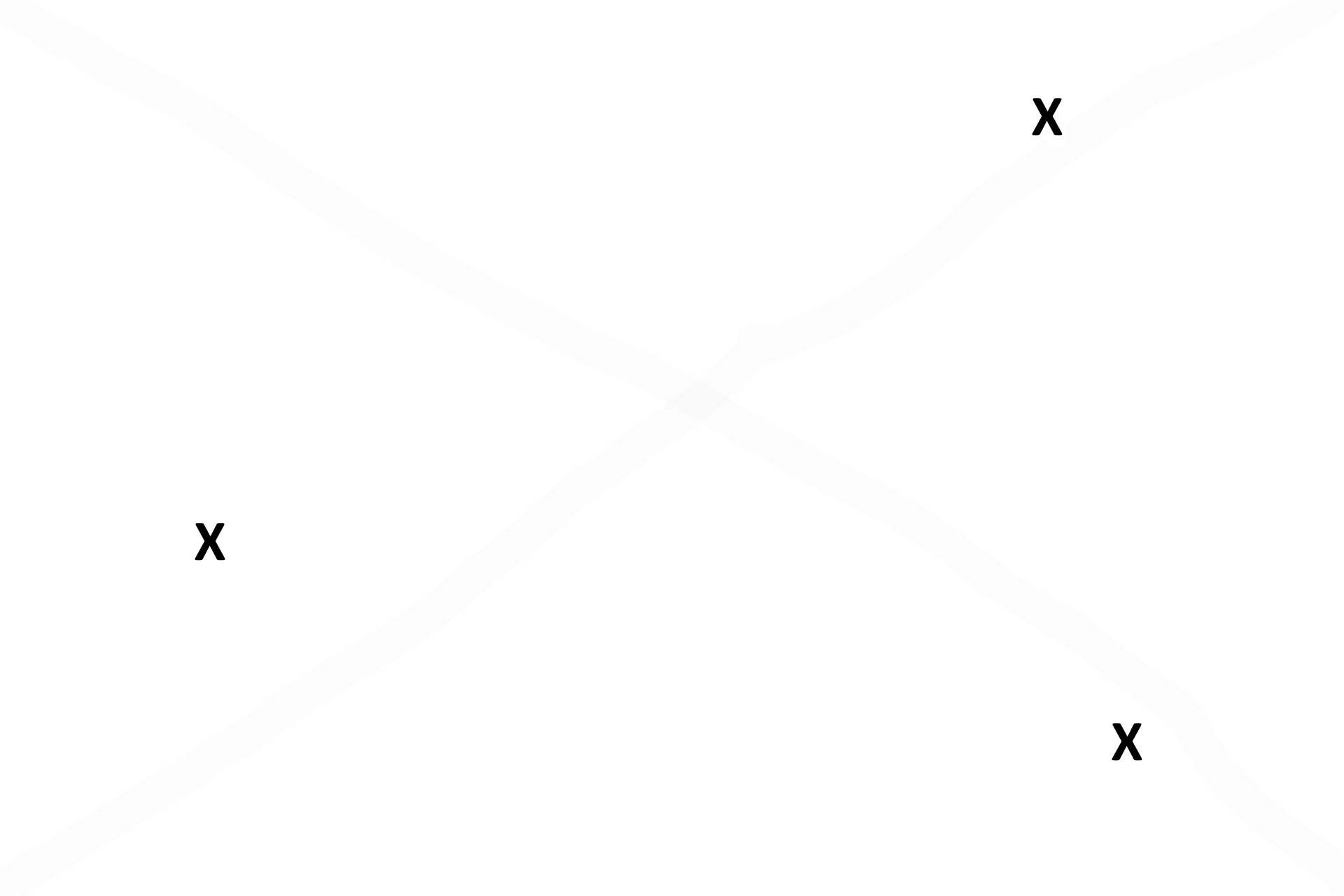
Bone resorption
A cross section through the diaphysis of a long bone shows a resorption canal, the eroding tip of a remodeling unit. The process of bone remodeling forms a columnar-shaped channel in which bone is eroded at one tip by osteoclasts (forming a resorption canal) and is deposited at the other end by osteoblasts depositing the concentric lamellae of an osteon. 400x

Resorption canal >
A cross section of a resorption canal can be identified by its irregular outline and lack of concentric lamellae. A resorption canal, like an Haversian canal, is lined by an endosteum, is filled with loose connective tissue and possesses a blood vessel(s). Active osteoclasts are present in the endosteum of a resorption canal, but would be absent in the endosteum of an Haversian canal.

- Osteoclasts
A cross section of a resorption canal can be identified by its irregular outline and lack of concentric lamellae. A resorption canal, like an Haversian canal, is lined by an endosteum, is filled with loose connective tissue and possesses a blood vessel(s). Active osteoclasts are present in the endosteum of a resorption canal, but would be absent in the endosteum of an Haversian canal.

- Blood vessel
A cross section of a resorption canal can be identified by its irregular outline and lack of concentric lamellae. A resorption canal, like an Haversian canal, is lined by an endosteum, is filled with loose connective tissue and possesses a blood vessel(s). Active osteoclasts are present in the endosteum of a resorption canal, but would be absent in the endosteum of an Haversian canal.

Woven bone >
The bone in this image is classified as compact woven and lamellar bone

Lamellar bone
The bone in this image is classified as compact woven and lamellar bone